8 Best (And 8 Worst) Choices To Make At A Seafood Restaurant
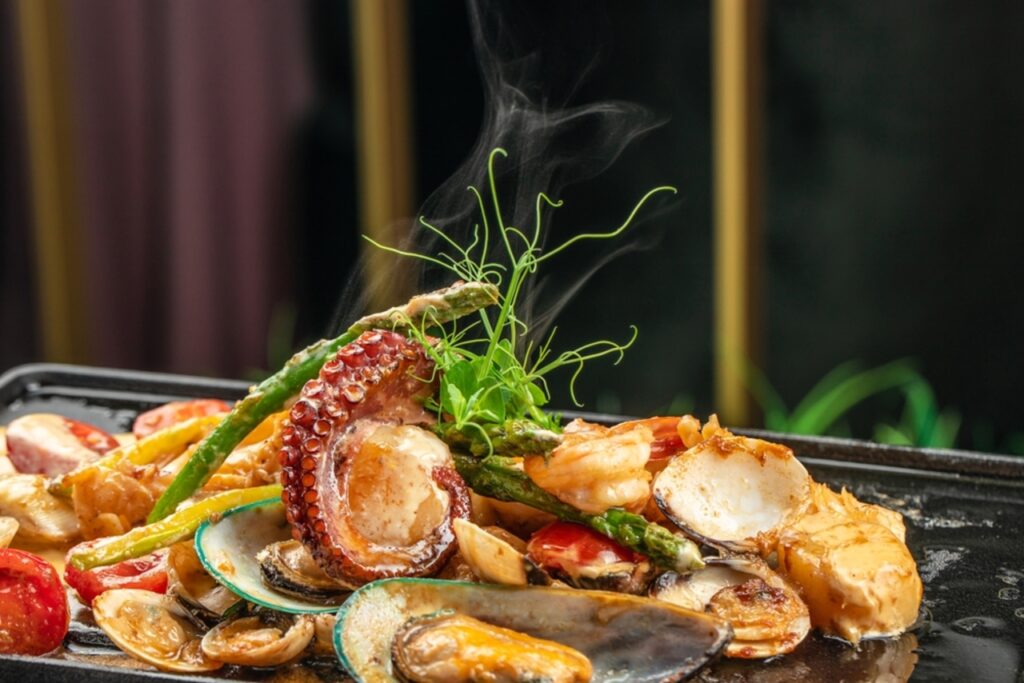
Seafood restaurants can be both a delight and a challenge for diners seeking fresh, flavorful meals. With so many options on the menu, knowing which dishes to choose and which to avoid makes all the difference. Freshness, sourcing, and preparation methods affect taste, texture, and safety. This guide helps you confidently navigate menus, enjoy the best flavors, and make smart choices that elevate your dining experience while avoiding disappointment or risk.
1. Fresh, Local Fish

Choosing fresh, locally sourced fish is one of the smartest decisions at any seafood restaurant. Local fish often arrives the same day it’s caught, ensuring peak flavor, texture, and natural sweetness. Seasonal varieties tend to be more sustainable, affordable, and highlight the unique tastes of your region. Selecting fresh, local fish reduces the risk of spoilage, supports responsible fishing practices, and lets you savor meals that truly celebrate the sea’s natural flavors, making every bite memorable.
2. Oysters on the Half Shell
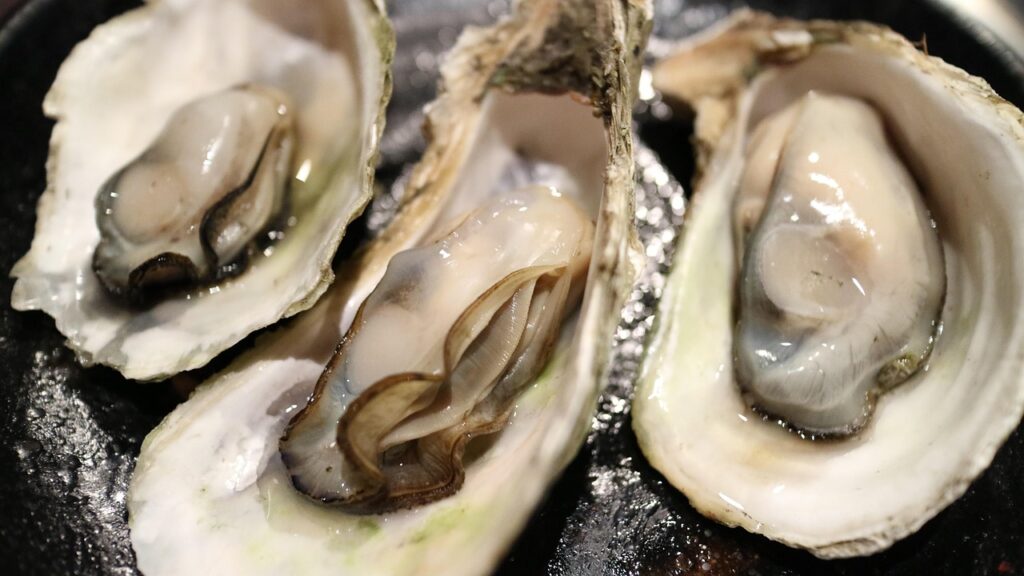
Oysters are a luxurious treat, but their quality depends entirely on freshness and proper sourcing. Raw oysters are rich in nutrients like zinc and omega-3s, offering a briny, delicate flavor best appreciated when freshly shucked. Opt for restaurants that source from clean waters and rotate stock frequently to maintain freshness. Fresh oysters are safe, flavorful, and indulgent, providing a perfect combination of taste and nutrition for diners seeking a true ocean-to-plate experience.
3. Grilled Seafood
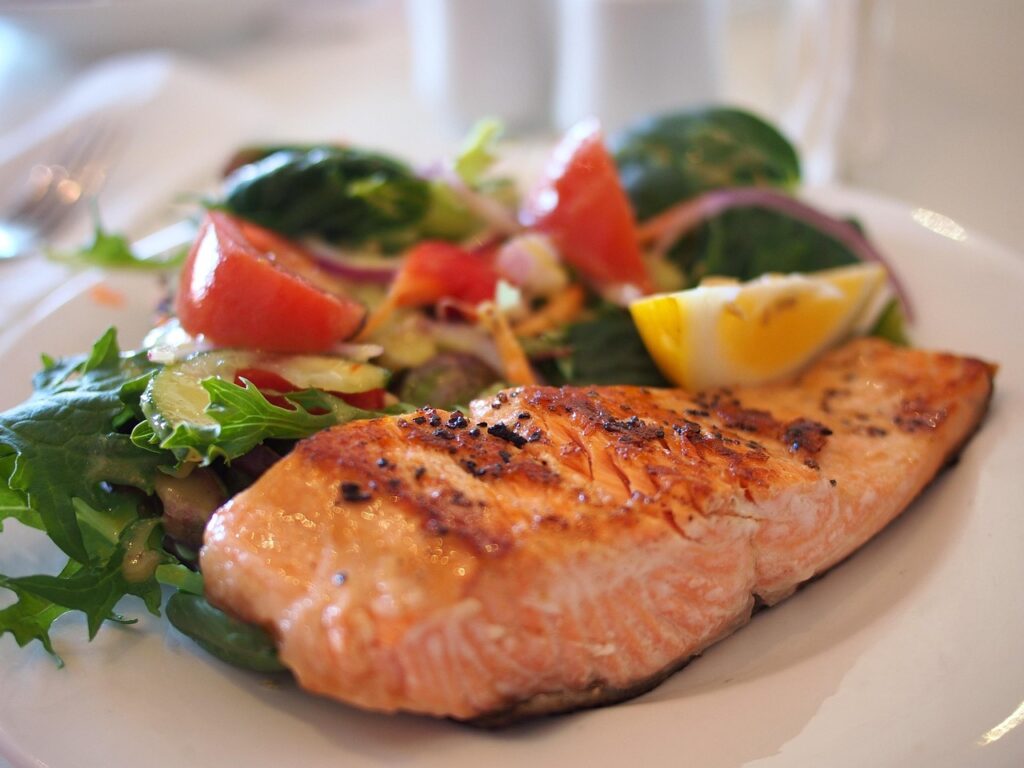
Grilling seafood is one of the healthiest and most flavorful cooking methods, allowing the natural taste to shine. Fish fillets, shrimp, or scallops grilled with minimal oil develop appealing texture and aroma without heavy breading. A light seasoning of herbs, citrus, or olive oil enhances flavor without overpowering the seafood. Grilled dishes preserve freshness, reduce calories, and allow diners to truly appreciate the delicate, ocean-fresh flavors, making them a smarter and more satisfying choice than fried alternatives.
4. Seasonal Shellfish
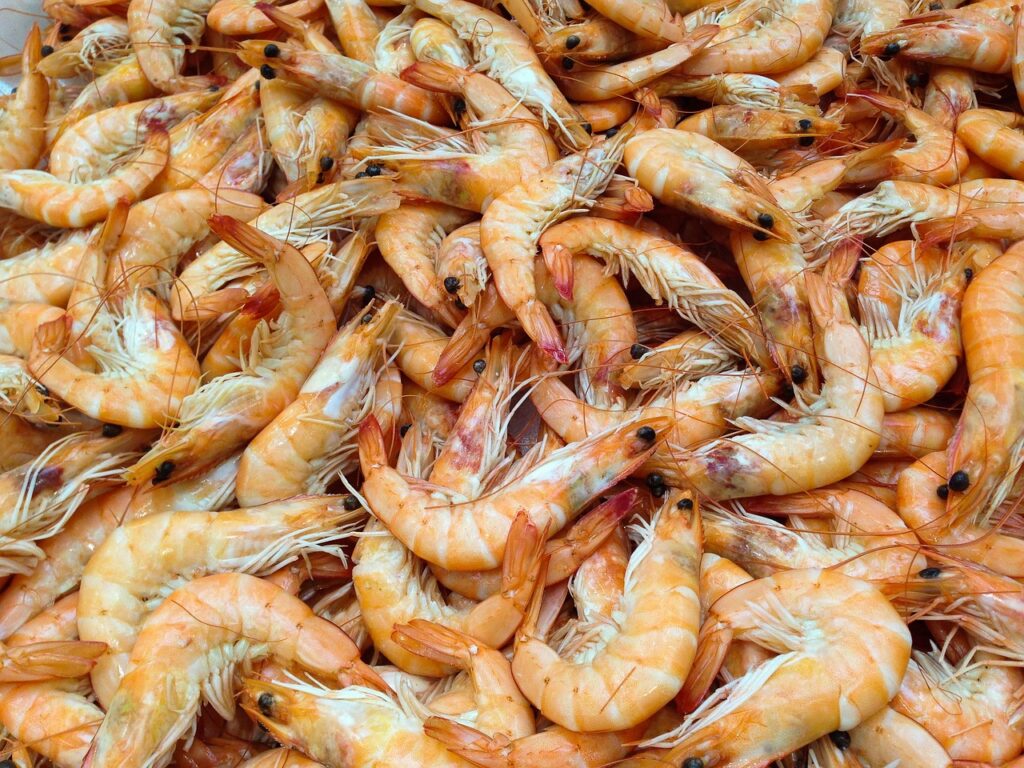
Eating shellfish in season guarantees the best taste, texture, and nutritional quality. Clams, mussels, and scallops harvested at peak times are tender, naturally sweet, and full of flavor. Cooking methods like steaming, sautéing, or lightly broiling preserve these qualities while enhancing the natural juices. Choosing seasonal shellfish supports sustainable fisheries and ensures you enjoy freshness in every bite, providing an authentic experience that reflects both quality ingredients and responsible culinary practices.
5. Sashimi or Sushi from Trusted Sources
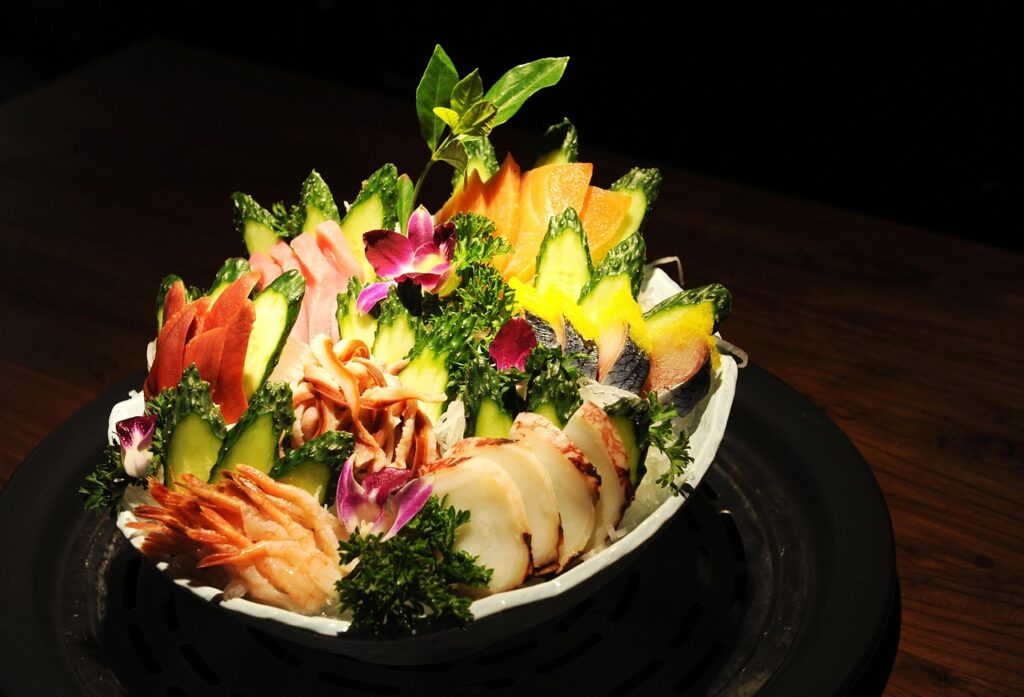
Raw fish can be a highlight if handled with care, making sashimi or sushi from reputable restaurants a smart choice. High-quality fish is stored at safe temperatures, handled properly, and sliced with precision to ensure both safety and flavor. Fresh cuts offer a buttery, clean taste and melt-in-your-mouth texture, letting you enjoy subtle nuances without additives. Prioritizing trusted sources minimizes health risks while delivering an unforgettable dining experience that emphasizes freshness, skill, and flavor integrity.
6. Seafood Salads
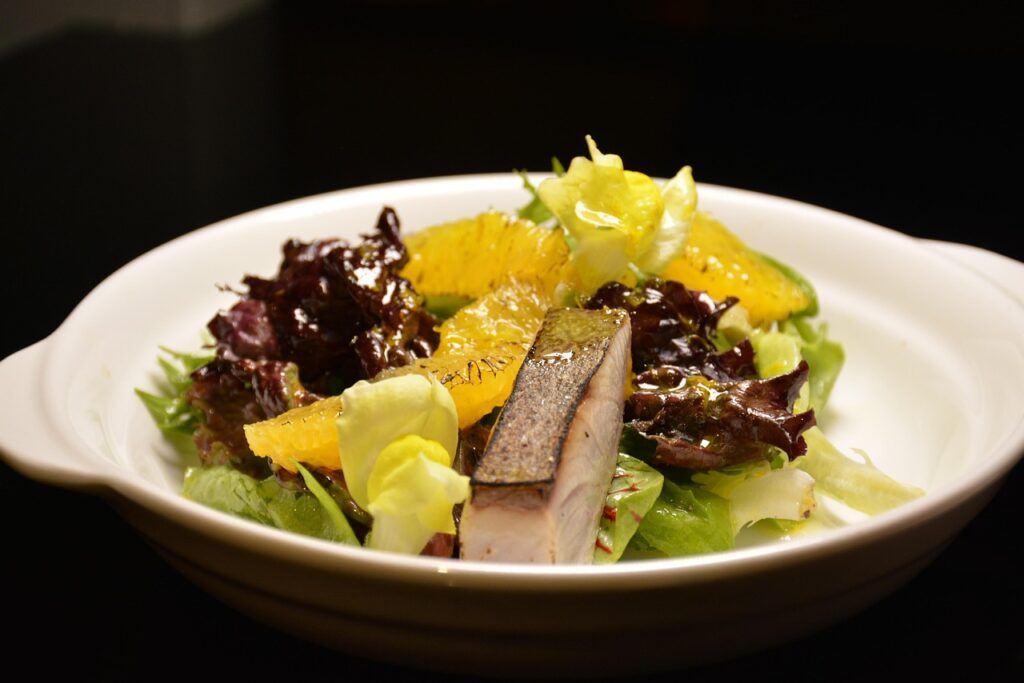
Seafood salads are a light, refreshing option that showcases the freshness of ingredients like shrimp, crab, or tuna. Often dressed lightly with citrus, olive oil, or simple vinaigrettes, they highlight natural flavors without masking them with heavy sauces. Combining protein-rich seafood with greens or grains creates a balanced, satisfying meal. Freshly prepared seafood salads provide nutrition, texture, and flavor, offering diners a healthier yet indulgent option that’s both filling and enjoyable during a seafood-focused outing.
7. Lightly Breaded or Pan-Seared Options
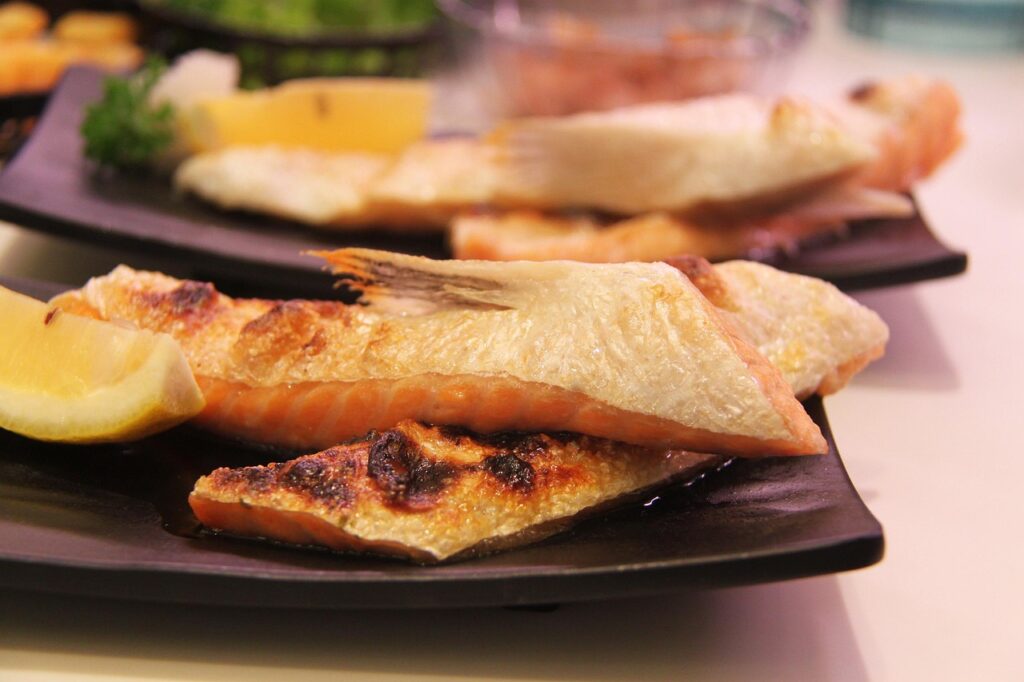
Lightly breaded or pan-seared seafood strikes a perfect balance between flavor and texture. The exterior achieves a subtle crisp without overwhelming the delicate fish or shellfish inside. Minimal oil and simple seasonings allow the natural taste to shine while adding richness and aroma. These methods preserve freshness and ensure every bite is satisfying. Choosing lightly breaded or pan-seared dishes highlights the quality of the seafood, providing a thoughtful, flavorful experience that respects the integrity of the ingredients.
8. Chef’s Specials

Chef’s specials often highlight the freshest, most seasonal, and carefully sourced seafood available. They may include rare catches, unique combinations, or creative preparations not found on the regular menu. These dishes showcase the chef’s expertise, using peak-quality ingredients and thoughtful flavor pairings. Opting for a special allows diners to experience something distinctive, enjoy peak freshness, and savor flavors selected specifically to impress, making your meal both memorable and a celebration of high-quality seafood.
8 Worst Choices
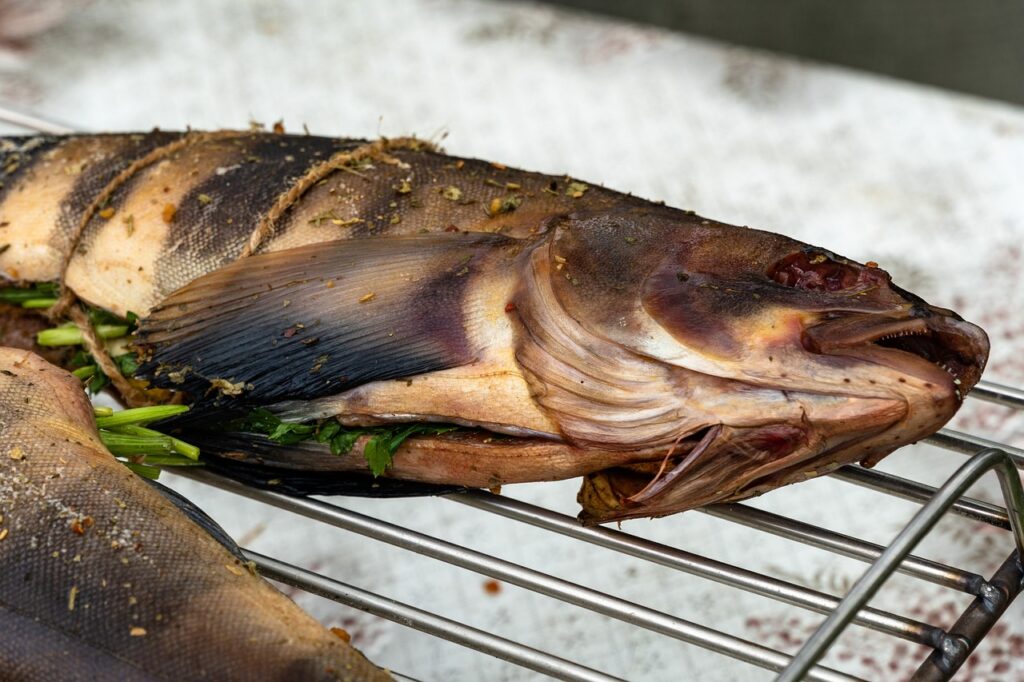
Seafood menus can be tricky, and not every dish is worth ordering. Some choices come loaded with hidden calories, questionable freshness, or heavy sauces that drown out natural flavors. Others might be overpriced compared to what you actually get on the plate. From deep-fried options that lose the seafood’s charm to items that raise sustainability concerns, these are the worst picks that can leave you feeling more regret than satisfaction after your meal.
1. Frozen, Pre-Breaded Fish

Pre-breaded or frozen fish may be convenient, but they rarely deliver flavor or quality. Freezing and mass-processing can make fish mushy, dry, or unevenly cooked. These products often contain preservatives, excess salt, or artificial ingredients that mask natural taste. While they can be budget-friendly or quick to prepare, they compromise texture, freshness, and overall enjoyment. Opting for freshly prepared fish ensures a more satisfying, flavorful, and authentic seafood experience.
2. Deep-Fried Seafood
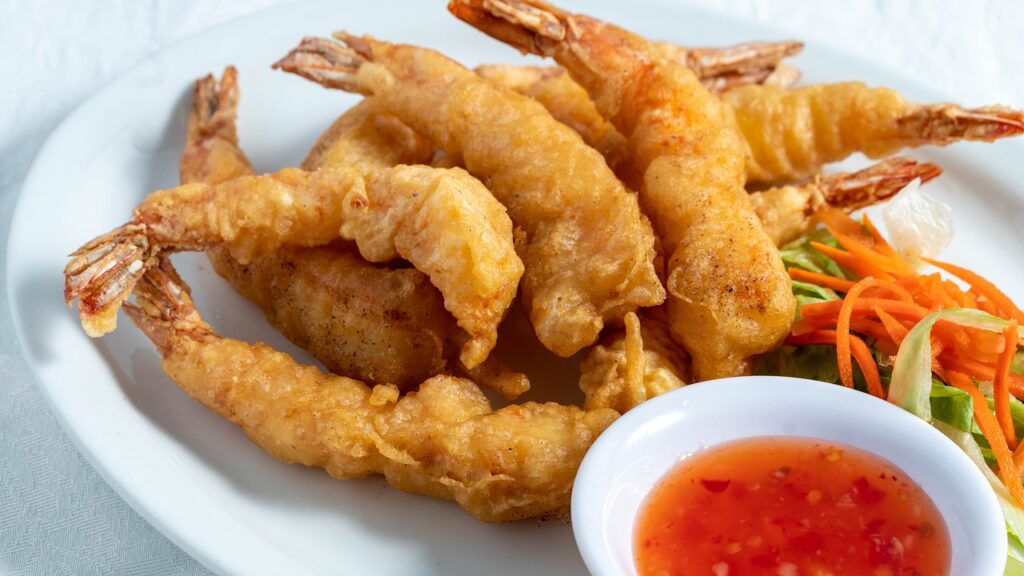
Deep-fried seafood can be greasy and heavy, often overwhelming delicate flavors. Items like calamari, shrimp, or fish sticks are easy to overcook, leaving the textures rubbery or oily. Frying can also hide the quality of the seafood itself, masking blandness or lack of freshness with heavy batter. While occasionally indulgent, relying on fried options sacrifices subtle taste, nutritional value, and texture, making them less ideal choices for those seeking authentic, ocean-fresh flavor.
3. Imported Raw Oysters or Clams
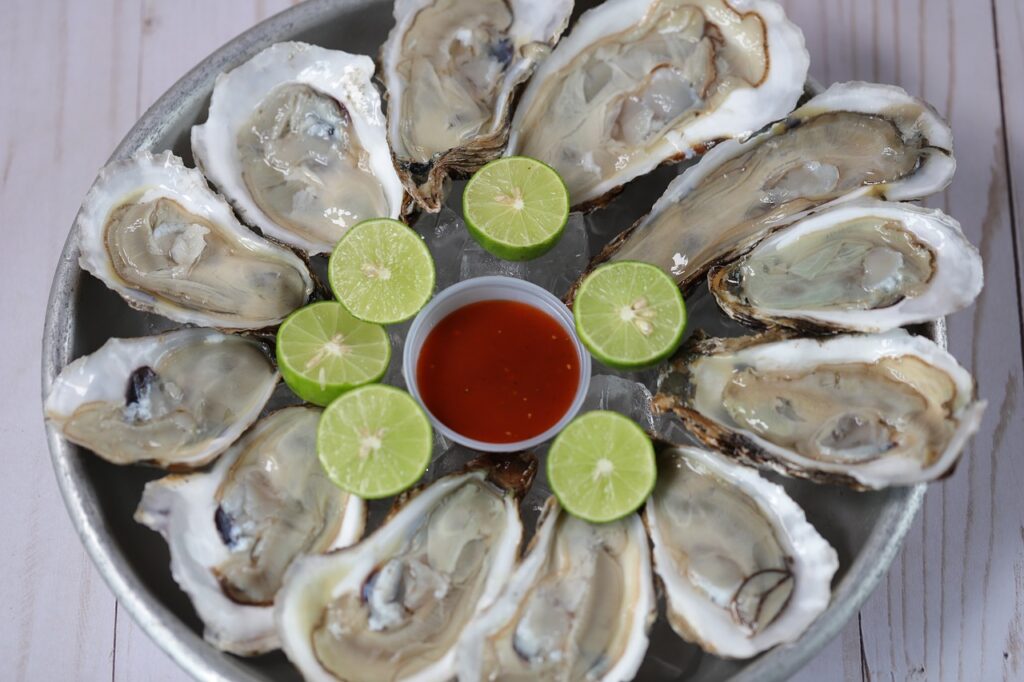
Imported raw shellfish may lose freshness during long transport, increasing the risk of spoilage and foodborne illness. Extended shipping can compromise texture and flavor, making them less enjoyable than locally sourced options. Restaurants may attempt to store them carefully, but freshness is always a concern. Choosing oysters or clams from reputable local sources ensures a cleaner, sweeter taste, better nutrition, and safer consumption, letting diners enjoy the full briny richness of high-quality shellfish.
4. Out-of-Season Shellfish

Eating shellfish out of season often means frozen or farmed varieties that lack optimal flavor and texture. Non-seasonal clams, mussels, or scallops can taste bland, be rubbery, or lose their natural sweetness. Seasonal eating guarantees the freshest, most flavorful, and nutritious shellfish while supporting sustainable practices. Restaurants that adhere to seasonal sourcing provide a superior dining experience, letting you enjoy meals at peak quality while avoiding subpar seafood that fails to showcase its true potential.
5. Heavily Sauced Dishes

Seafood smothered in heavy sauces or spices often hides poor-quality ingredients rather than enhancing flavor. Creamy, buttery, or overly spiced preparations can overwhelm the natural sweetness and delicate texture of fish or shellfish. While sauces can complement a well-prepared dish, excessive use masks freshness, making it hard to taste the quality of the seafood itself. Choosing lightly dressed or subtly seasoned dishes lets the true flavors shine and preserves the integrity of high-quality ingredients.
6. Seafood with Unknown Origins

Ordering seafood without clear sourcing can compromise both taste and safety. Fish or shellfish from unknown suppliers may be frozen, processed, or stored improperly, reducing freshness and flavor. Lack of transparency can also increase the risk of foodborne illness. Choosing dishes with clearly sourced seafood ensures higher quality, safer consumption, and a more flavorful dining experience. Restaurants that prioritize transparency demonstrate commitment to both sustainability and exceptional taste.
7. Cheap Sushi Rolls with Multiple Ingredients
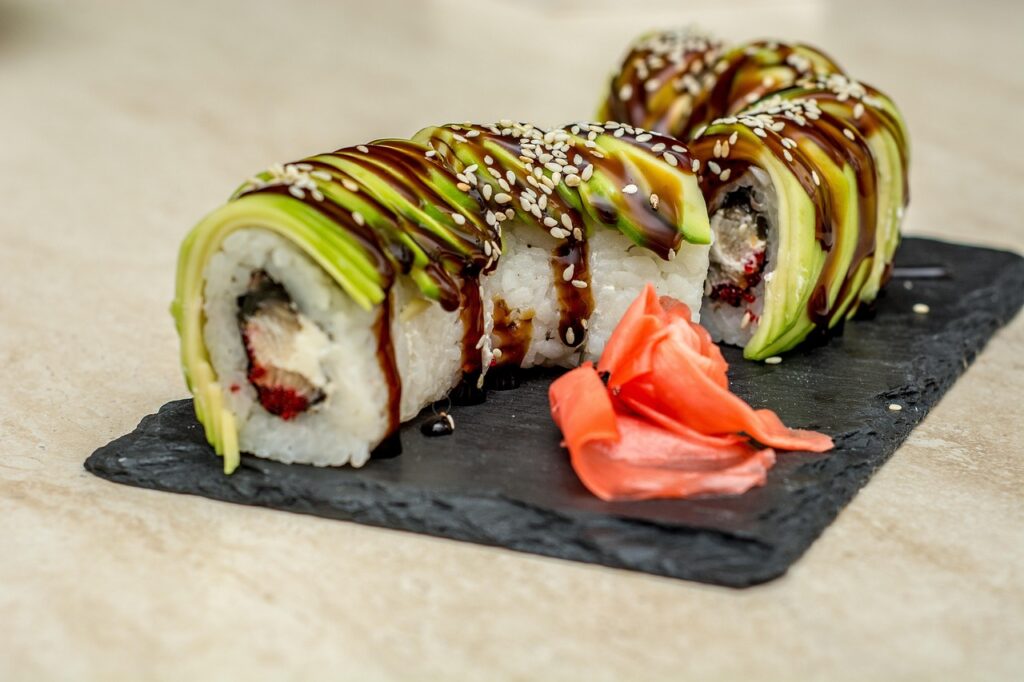
Sushi rolls overloaded with sauces, fried fillings, or multiple ingredients often rely on lower-quality fish. These rolls may mask bland or poorly handled seafood with strong flavors, leaving a less authentic experience. Simple rolls with fewer, high-quality ingredients highlight the fish’s natural taste and texture. By choosing thoughtfully prepared sushi, diners enjoy freshness, safety, and flavor integrity while avoiding rolls that compromise the quality of the seafood for gimmicks or added volume.
8. Mass-Produced Crab or Lobster Cakes

Pre-made crab or lobster cakes are often heavy on fillers, binders, or frozen ingredients, which dilute flavor and texture. They rarely showcase the natural sweetness of seafood and may be greasy or overprocessed. While convenient, these mass-produced options fall short of the culinary potential of fresh, hand-prepared cakes. Choosing freshly made dishes allows the true flavors and textures to shine, offering a more authentic, satisfying, and high-quality seafood experience that’s worth every bite.





